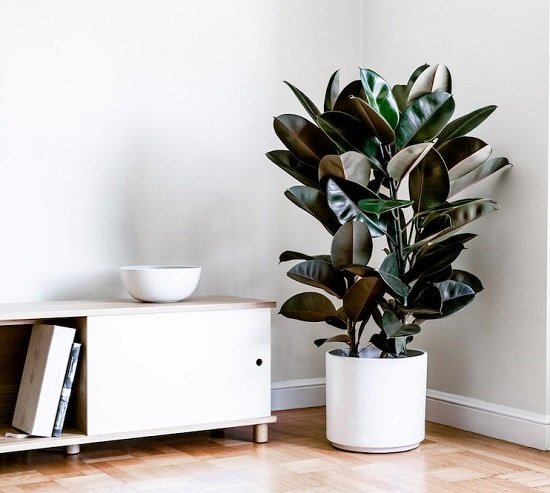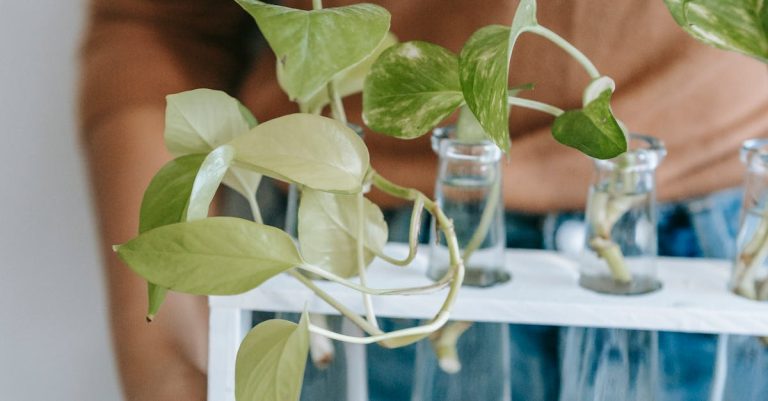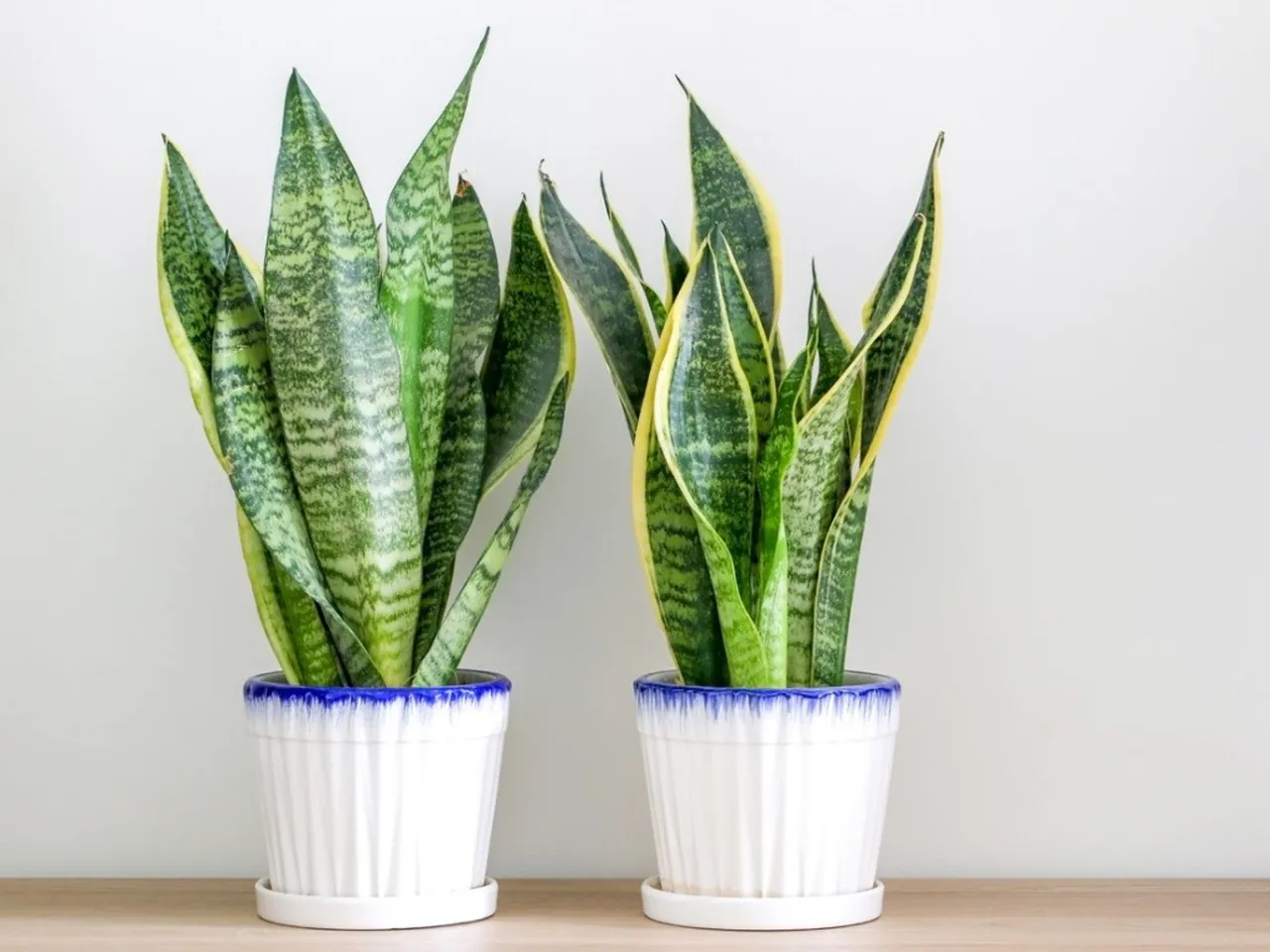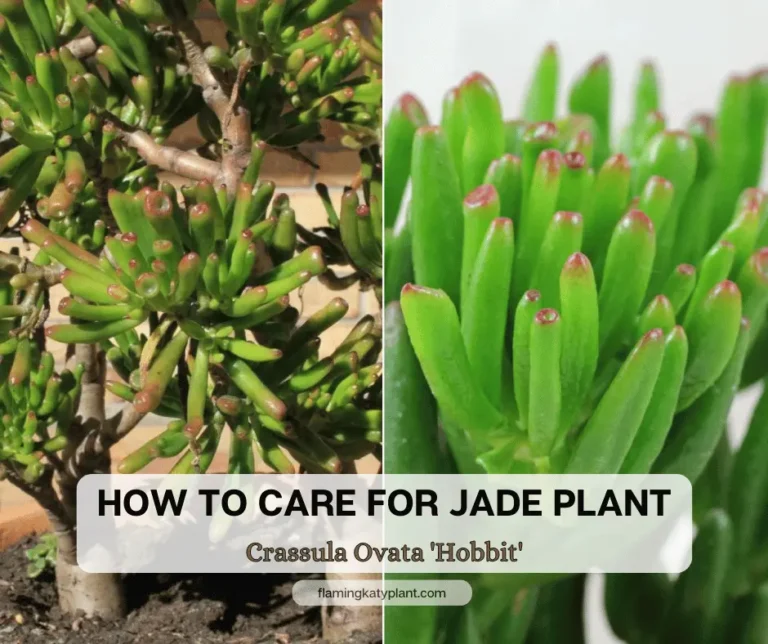How To Care For Rubber Tree (Ficus elastica ‘Burgundy’)
Rubber Tree (Ficus elastica ‘Burgundy’) is a popular houseplant known for its large, glossy leaves and easy care requirements. Originating from Southeast Asia, this plant was first brought to Europe in the 19th century as an ornamental species. Today, it has become a staple in many homes and offices due to its air-purifying qualities and aesthetic appeal.
One key element in caring for a Rubber Tree is ensuring that it receives enough sunlight. Placing the plant in a bright, indirect light location will help promote healthy growth and prevent the leaves from turning yellow. If natural light is limited, supplement with a grow light to ensure the plant’s needs are met.
Another important aspect of caring for a Rubber Tree is maintaining the proper watering schedule. Overwatering can lead to root rot, while underwatering can cause the leaves to wilt and drop. It’s essential to allow the top inch of soil to dry out before watering thoroughly, ensuring proper drainage to prevent waterlogged roots.
One interesting fact about Rubber Trees is that they are known for their resilience and ability to adapt to various indoor environments. This makes them an ideal choice for beginner plant parents or those with busy schedules. With the right care and attention to detail, a Rubber Tree can thrive and bring a touch of nature to any space.
How to Care for a Rubber Tree (Ficus elastica): A Detailed Guide
Rubber trees (Ficus elastica) are popular houseplants known for their attractive, glossy leaves and their ability to adapt to a variety of indoor environments. With proper care, these plants can grow quite large and become a stunning focal point in your home. Here’s a comprehensive guide to help you care for your Rubber Tree and keep it thriving.
1. Light Requirements
Rubber trees prefer bright, indirect light. They can tolerate some direct sunlight, particularly in the morning or late afternoon, but too much direct sunlight can scorch their leaves. If the light is too low, the plant may become leggy and the leaves may lose their vibrant color. Place your Rubber Tree near a south or east-facing window for optimal light conditions.

2. Watering
Rubber trees like their soil to be kept consistently moist but not waterlogged. Water the plant when the top inch of soil feels dry. Ensure that the pot has good drainage to prevent standing water, which can lead to root rot. Reduce watering during the winter months when the plant’s growth slows. Always use room temperature water to avoid shocking the plant.
3. Humidity
While Rubber trees can tolerate average indoor humidity, they prefer higher humidity levels. If your home is particularly dry, especially during the winter, consider using a humidifier or placing the plant on a tray filled with water and pebbles. Regular misting of the leaves can also help increase humidity.
4. Temperature
Rubber trees thrive in warm temperatures between 65-85°F (18-29°C). They are sensitive to cold drafts and sudden temperature changes, which can cause leaf drop. Keep the plant away from windows or doors that may have cold drafts, as well as from heating and cooling vents.
5. Soil and Potting
Rubber trees prefer well-draining soil. A mix of one part peat, one part pine bark, and one part perlite or sand works well. Repotting should be done every 1-2 years in the spring or when the plant becomes root-bound. Choose a pot that is one size larger than the current one to give the roots room to grow.
6. Fertilizing
Feed your Rubber Tree every 4-6 weeks during the growing season (spring and summer) with a balanced, water-soluble fertilizer diluted to half strength. Avoid fertilizing in the fall and winter when the plant’s growth slows. Over-fertilizing can cause a buildup of salts in the soil, which can harm the plant.
7. Pruning
Pruning helps maintain the shape and encourages bushier growth. Use clean, sharp scissors or pruning shears to trim back any leggy or overgrown stems. Remove any yellow or damaged leaves to keep the plant looking healthy. Pruning also stimulates new growth and can help control the size of the plant.

8. Propagation
Rubber trees can be propagated through stem cuttings. Cut a healthy stem with several leaves, apply rooting hormone to the cut end, and plant it in a pot with moist, well-draining soil. Cover the cutting with a plastic bag to create a humid environment and place it in a warm, bright location. Keep the soil moist but not waterlogged until roots develop.
9. Pest and Disease Management
Rubber trees can be susceptible to pests like spider mites, aphids, and mealybugs. Regularly inspect the plant for signs of pests, such as webbing, sticky residue, or visible insects. Treat infestations with insecticidal soap, neem oil, or by wiping the leaves with a damp cloth. Proper watering and good air circulation help prevent fungal and bacterial diseases.
10. Leaf Care
Rubber tree leaves can collect dust, which can interfere with photosynthesis. Clean the leaves gently with a damp cloth or sponge to keep them looking their best. Avoid using leaf shine products, as they can clog the pores on the leaves.
Conclusion
Rubber trees, with their glossy, vibrant leaves, can be a striking addition to your indoor garden. By providing the right light, moisture, and environment, you can enjoy the beauty and growth of this plant for years. Regular maintenance, including proper watering, fertilizing, and pruning, will ensure your Rubber Tree remains healthy and vibrant. Whether you are a seasoned gardener or a beginner, Rubber trees offer a rewarding and visually captivating plant care experience.







